Isotope science and culture: highlights of the 2018 IsoEcol conference
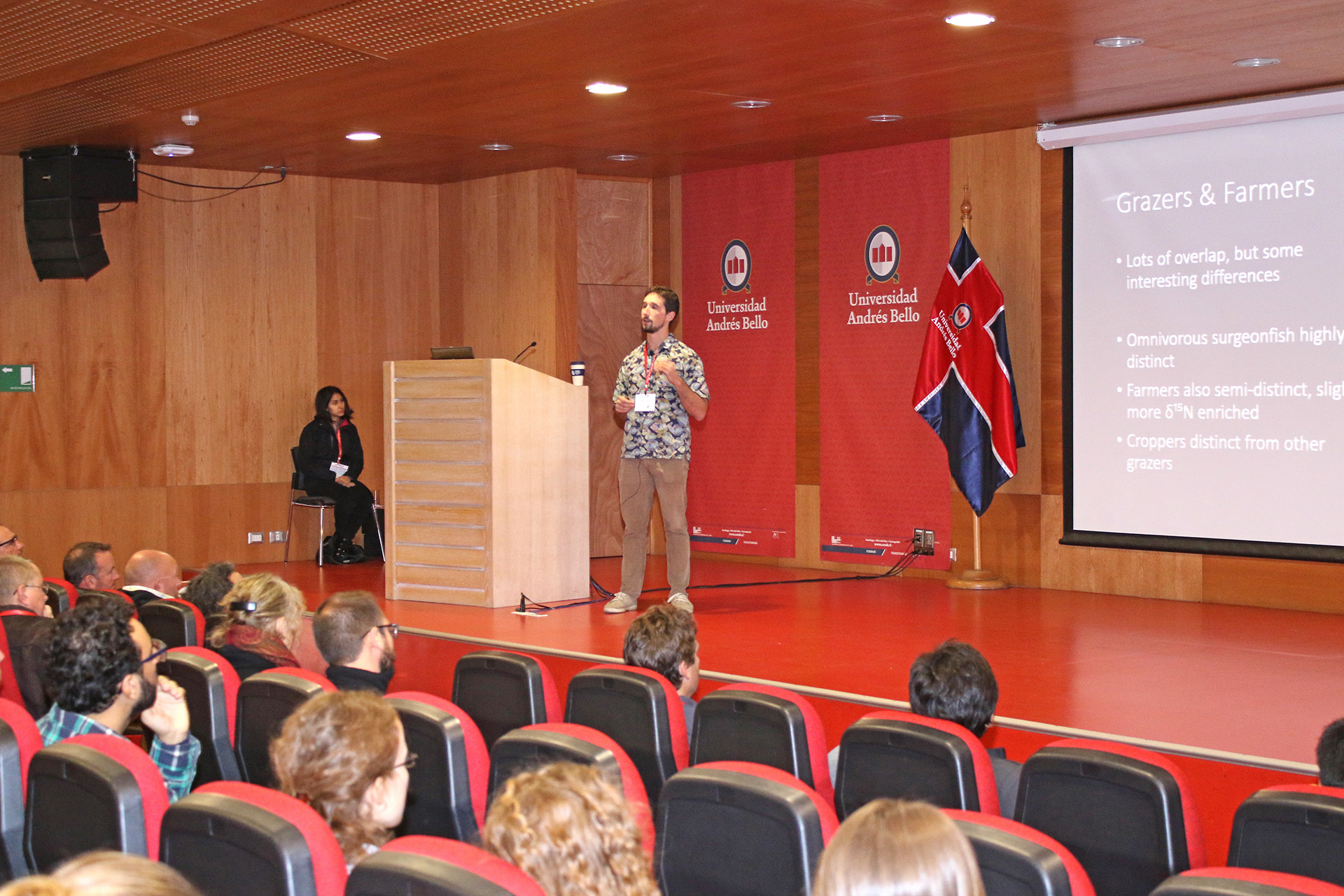
KAUST Ph.D. student Matt Tietbohl recently attended IsoEcol, the 11th International Conference on the Applications of Stable Isotope Techniques to Ecological Studies, in Chile. Image courtesy of Matt Tietbohl.
-By Matt Tietbohl, KAUST Ph.D. student
KAUST Ph.D. student Matt Tietbohl discusses his recent trip to Chile to attend IsoEcol, the 11th International Conference on the Applications of Stable Isotope Techniques to Ecological Studies.
IsoEcol took place from July 30 to August 3 this year in Viña del Mar, Chile, with the conference focusing on the use of stable isotope analysis. Over 250 scientists from around the world attended the event, taking part in a fascinating range of talks on the use of isotope science to understand the ecology of animals and humans. The conference was incredibly compelling in the science shared and presented and in the open atmosphere it supported.

Over 250 scientists from 34 different countries attended the 2018 IsoEcol conference in Chile to hear 100 talks, see 127 posters and attend six workshops. Photo by Trevor Krabbenhoft.
As a student studying marine science, most of the research I follow tends to be very "wet" in nature and focused on coastal and aquatic habitats. IsoEcol was an amazing opportunity to learn about the world of stable isotope analysis outside of the oceans, as well as spend some time speaking with the "movers and shakers" in the field of marine isotope ecology.
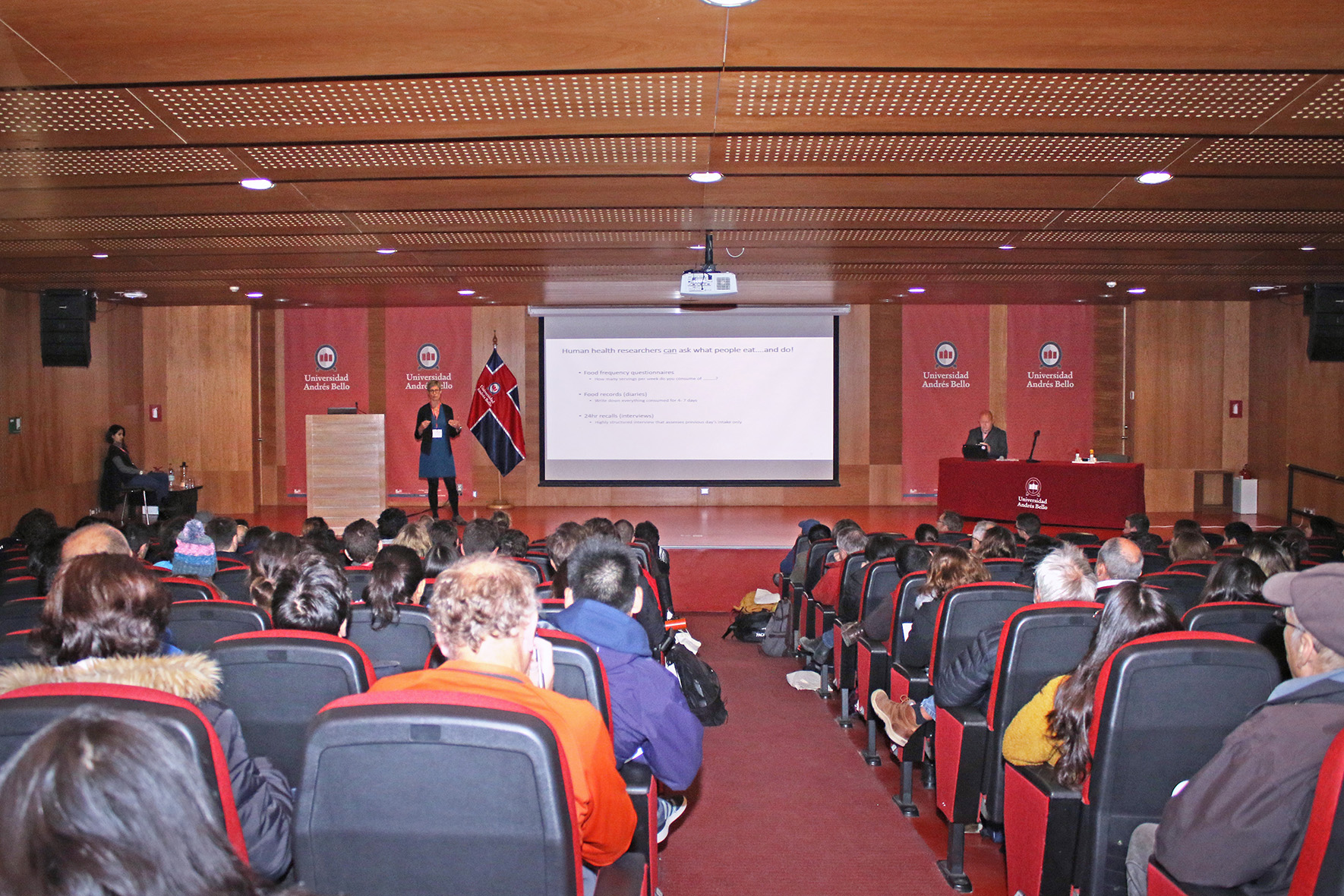
Dr. Diane O’Brien from the University of Alaska Fairbanks gave the opening plenary talk at the 2018 IsoEcol conference, demonstrating how stable isotope analysis can help us understand human nutrition. Photo by Guido Pavez.
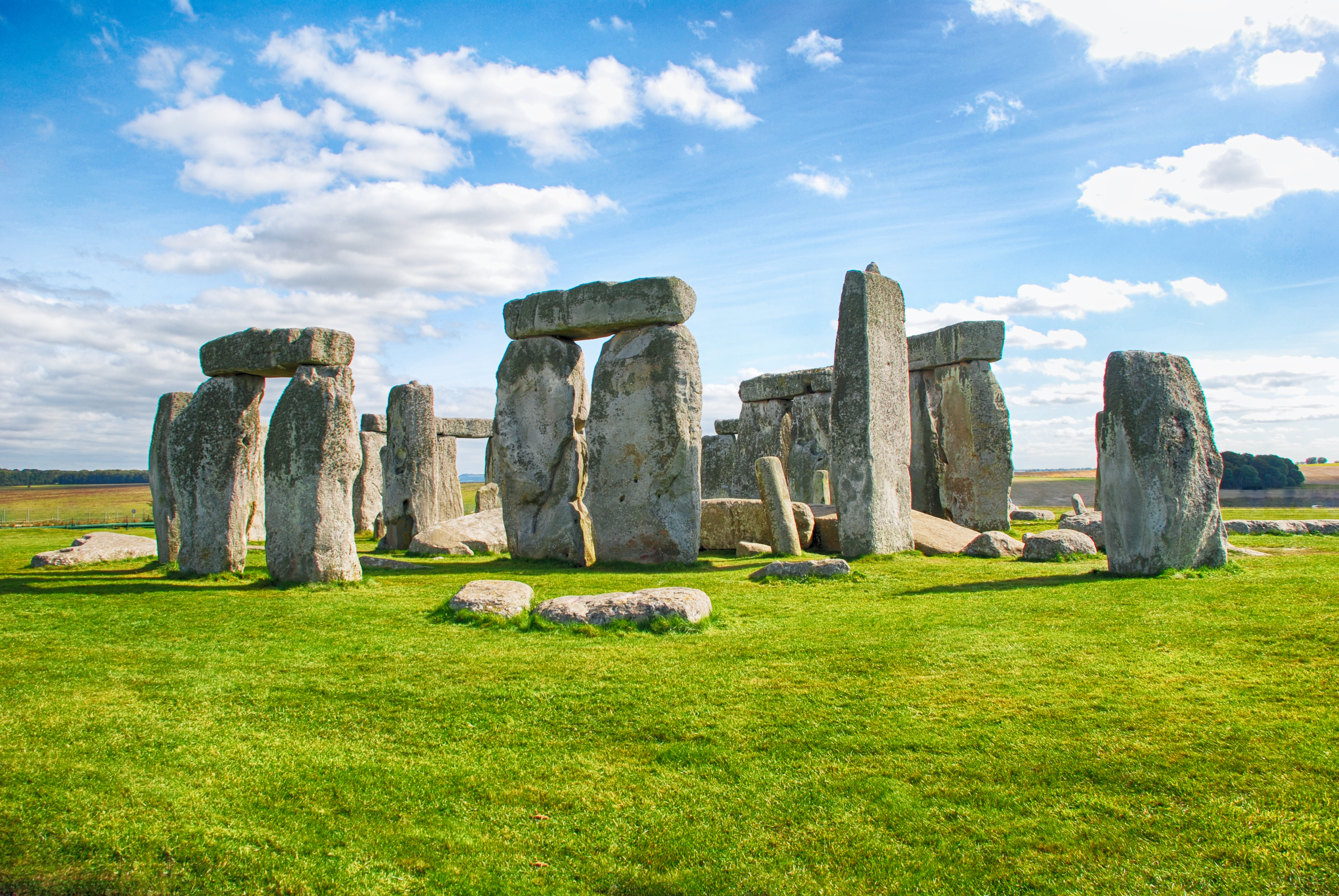
Researchers at the recent IsoEcol conference in Chile discussed the use of isotope analysis to find the origin of bodies buried at Stonehenge. Image courtesy of Shutterstock.
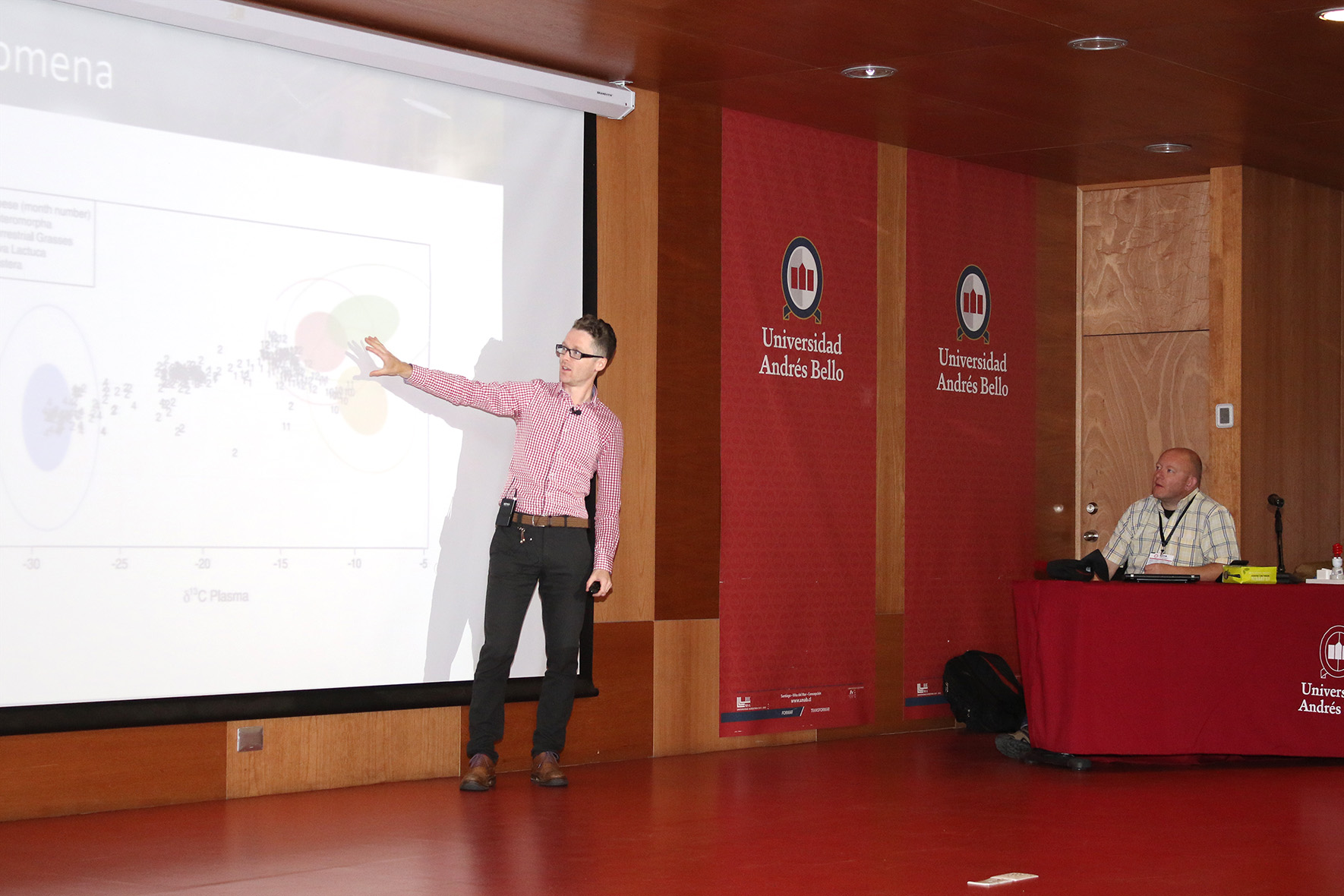
The 11th IsoEcol conference in Chile from July 30 to August 3 featured over 250 attendees from 34 different countries. Photo by Guido Pavez.
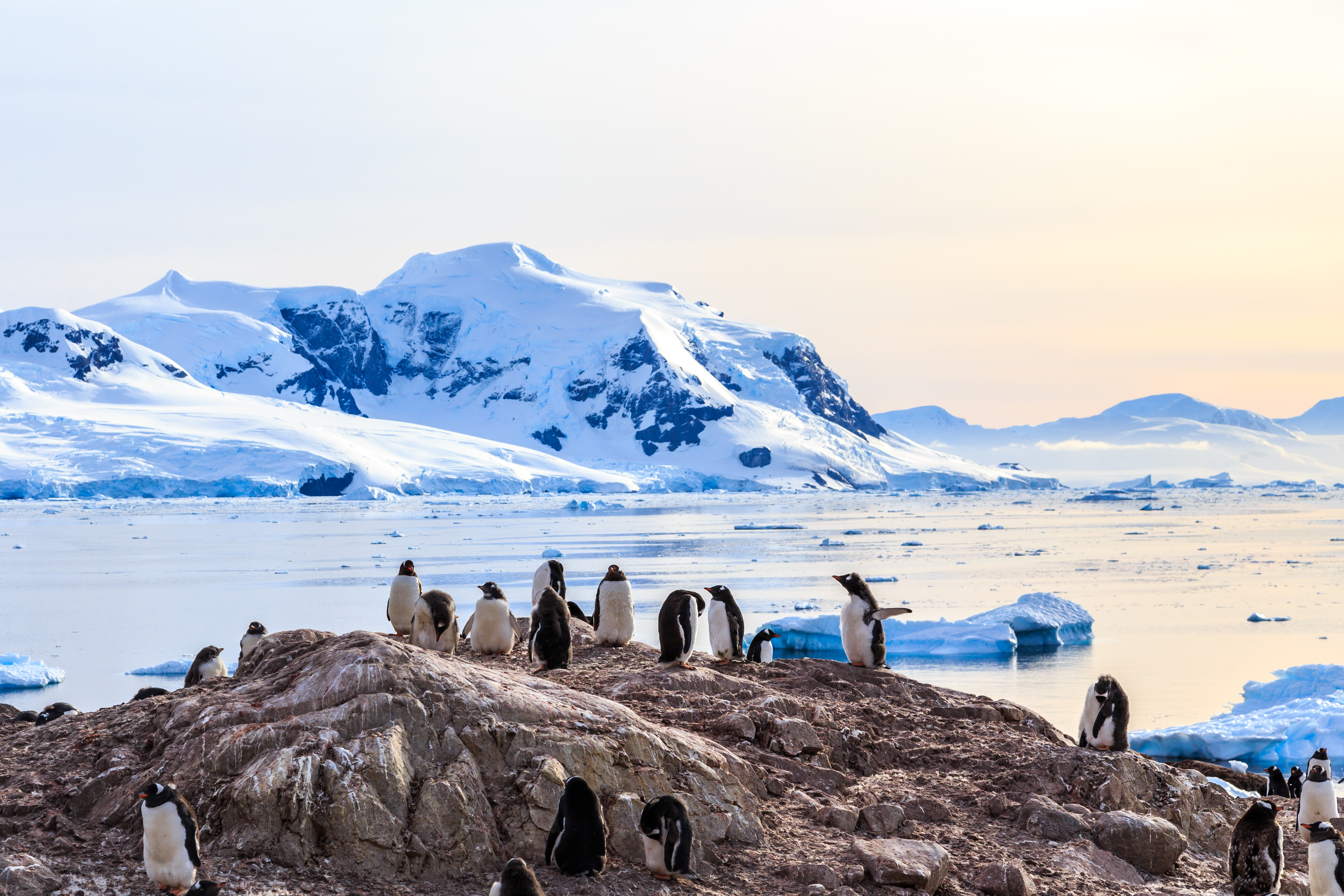
Researchers at the recent 11th IsoEcol conference in Chile discussed their work on using historic isotope data from ancient penguin samples. Image courtesy of Shutterstock.
The collaborative culture and the cutting-edge and thoughtful research that was presented made for an utterly fantastic conference experience. I greatly look forward to the next conference in the summer of 2020 in Austria where I can catch up with the wonderful group of motivated "iso-wizards."
Related stories:
-
KAUST Ph.D. students win best paper awards at mean-field games conferences
-
KAUST Ph.D. student wins best paper award at EMBC '18
-
KAUST students win top honors at ICM 2018
- Paving the way towards 5G wireless communication networks
-
Photoelectrochemical research wins gold and silver in Hong Kong

